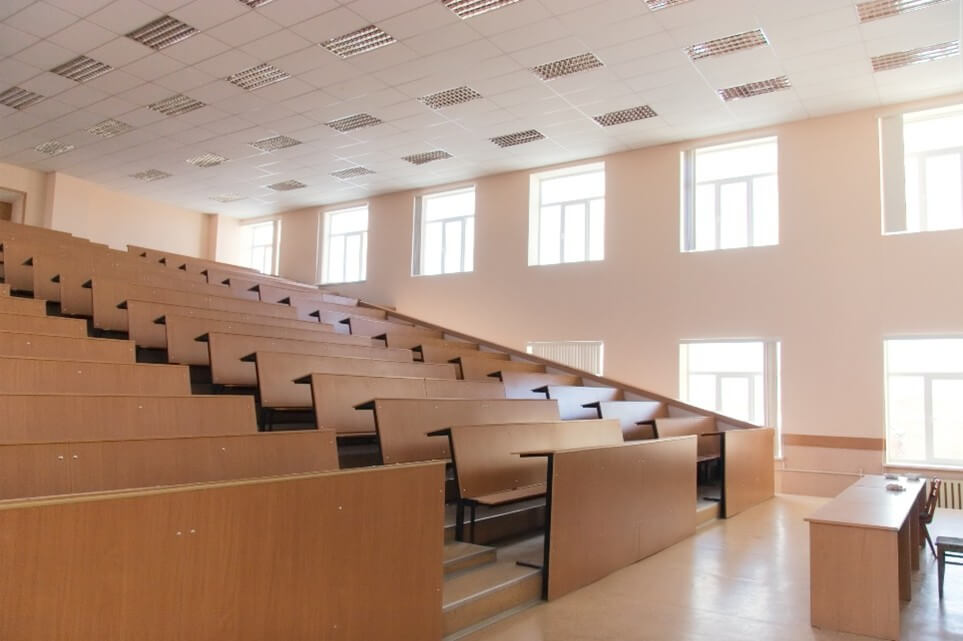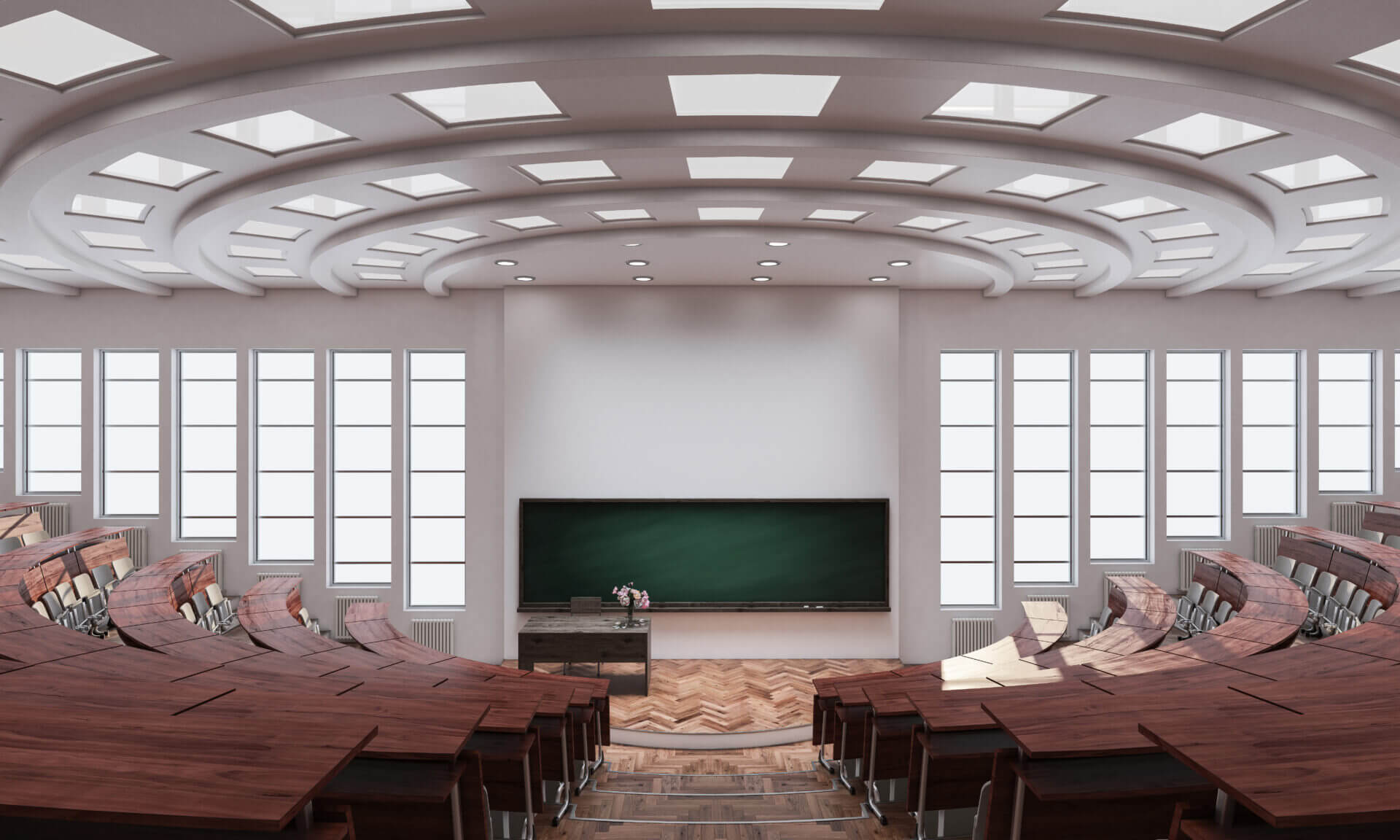Acoustics is an important factor to consider when designing school buildings, because it affects the quality of communication and learning in classrooms and other spaces. Poor acoustics can make it difficult for students and teachers to hear and understand each other, leading to frustration, fatigue, stress, and reduced academic performance. Good acoustics can enhance speech clarity and create a comfortable and productive learning environment.
The UK Department of Education published the Acoustic Design of Schools: Performance Standards, Building Bulletin 93, in 2014. This set out the requirements for indoor ambient noise levels, reverberation times, and sound insulation for new and refurbished school buildings. These requirements are also linked to the Building Regulations, the School Premises Regulations, and the Independent School Standards.
One of the main factors affecting classroom acoustics is the indoor ambient noise level, which is the sound level in the room when no one is speaking. This noise can originate from external sources, such as traffic, construction, or playgrounds, as well as internal sources, such as ventilation, heating and cooling systems, or other equipment. High indoor ambient noise levels can mask or interfere with the speech signal, making it harder for listeners to hear and comprehend what is being said. Low indoor ambient noise levels can allow quiet, yet audible, disturbances to be far more distracting than they usually would be. This can affect the ability of students to follow instructions, participate in discussions, and concentrate on their work.
Another factor that affects the acoustics of a classroom is the reverberation time of the space. In layman’s terms, it is the ‘echo’ in a room, but technically, it is defined as the time it takes for an impulsive sound (such as a hand clap or a balloon burst) to decay by 60 decibels. Reverberation is caused by sound reflecting off the room’s surfaces, such as walls, ceilings, floors, or furniture. Reverberation targets vary depending on the type of room and activity planned for the room. For instance, a piano rehearsal music room will not have the same requirements as a classroom, and a dining hall will not have the same requirements as an assembly hall. This is because reverberation can be detrimental to speech, especially in large or crowded rooms, but is not necessarily detrimental to music in the same way. Long reverberation times can make speech sound muffled, distorted, or ‘echoey’, reducing its intelligibility and increasing the listening effort. It can also affect the vocal health of teachers, who may have to strain their voices to speak louder or more clearly. This can affect students’ learning outcomes, especially those with hearing impairments, language difficulties, or special educational needs (SEND).

Acoustics is especially important for the design of SEND schools because many students have hearing or communication challenges, or other conditions that affect their listening and learning abilities. According to the 2010 Equality Act, all schools have a responsibility to improve their accessibility plans for pupils and staff, and this includes providing optimal acoustic conditions.
Some of the strategies that acoustic engineers can use to improve the acoustics of schools include:
- Choosing a suitable location and orientation for the school building, away from noisy sources or facing away from them to minimise the impact of external noise on the school environment
- DevelopmentUsing sound-absorbing materials and finishes, such as acoustic tiles, panels, or carpets, to reduce reverberation s that could be affected by sources of flooding other than rivers and the sea (for example surface water, sewers, groundwater and infrastructure failure)
- Installing sound-insulating materials and structures, such as double-glazed windows, doors, or walls, to block or reduce external or internal noise
- Making use of acoustic barriers or screens, such as fences, hedges, or walls, to deflect or attenuate noise from outside or inside the school
- Using acoustic baffles or diffusers, such as suspended ceilings, shelves, or furniture, to scatter or redirect sound waves and improve sound distribution
- Ensuring mechanical ventilation, heating, and cooling systems are quiet, well-maintained, and are acoustically treated
- Using sound amplification or enhancement systems, such as microphones, speakers, or hearing loops, to improve the speech-to-noise ratio and the audibility of speech. These systems can amplify the speaker’s voice and deliver it directly to the listener, or to a hearing aid or cochlear implant.
Given the propensity to affect the quality of communication and learning in classrooms and other spaces, acoustic consideration is an essential aspect of the design of schools.
By applying the principles and practices of acoustics, acoustic engineers play an instrumental role in creating school buildings that provide optimal teaching and learning conditions for teachers and students.
If you have an acoustical related issue and need the services of our Acoustics Consultancy team, please contact us.






